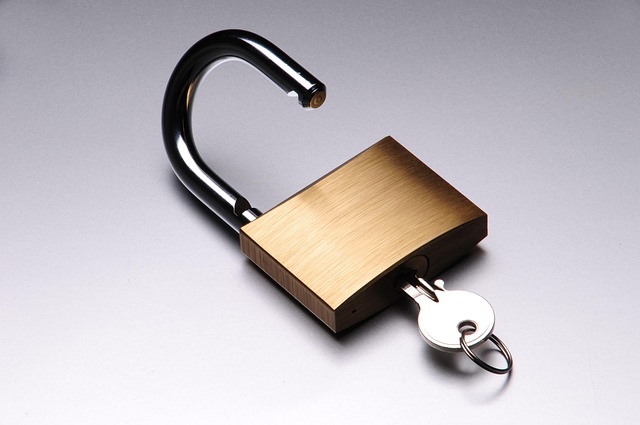Unlock the Power of Python Functions

Welcome! Functions are essential building blocks in Python programming. Think of them as named, reusable blocks of code designed to perform a specific task, like a recipe for achieving a particular outcome. Using functions makes your code cleaner, more efficient, and easier to manage.
Why Embrace Functions?
Integrating functions into your workflow offers significant advantages:
- **Reusability:** Define code once and call it whenever needed, avoiding repetition. Imagine having a 'calculate_area' function instead of writing the formula everywhere.
- **Organization:** Break down complex programs into smaller, logical chunks. This makes your code resemble well-organized chapters in a book.
- **Readability:** Well-named functions (e.g., `calculate_tax`, `send_email`) make your code self-explanatory.
- **Maintainability:** Need to fix a bug or update logic? Change it in the function definition, and the fix applies everywhere the function is called.
Defining Your First Function
Creating a function is simple. Use the `def` keyword, followed by your chosen function name, parentheses `()`, and a colon `:`. The code that belongs to the function must be indented underneath.
# A simple function that prints a greeting
def say_hello():
message = "Hello from inside the function!"
print(message)Calling a Function
Defining a function doesn't run its code. To execute it, you must 'call' the function by using its name followed by parentheses:
# Define the function (as shown above)
def say_hello():
message = "Hello from inside the function!"
print(message)
# Now, call the function to execute its code
say_hello()
# Output: Hello from inside the function!Passing Information with Parameters

Make functions more versatile by passing data into them. Variables listed inside the parentheses during definition are called 'parameters'. The actual values you provide when calling the function are 'arguments'.
# Define a function with a 'name' parameter
def greet_user(name):
print(f"Welcome, {name}!")
# Call the function with different arguments
greet_user("Alice") # Output: Welcome, Alice!
greet_user("Bob") # Output: Welcome, Bob!Getting Results Back: Return Values
Functions can process data and send a result back to the caller using the `return` statement. This is crucial for using the outcome of a function's work elsewhere in your program.
# Function to calculate the square of a number
def square(number):
calculation = number * number
return calculation # Send the result back
# Call the function and store the returned value
result = square(5)
print(f"The square is: {result}") # Output: The square is: 25
# You can use the returned value directly too
print(f"10 squared is: {square(10)}") # Output: 10 squared is: 100What's Next?
You've grasped the basics of Python functions! The key now is practice. Try creating functions for simple calculations or tasks you repeat often. As you advance, explore concepts like default parameter values, scope, lambda functions, and using functions as arguments to unlock even more programming power.